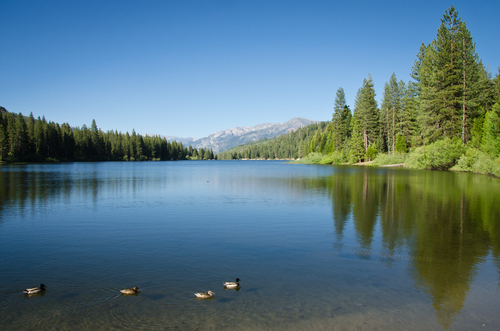 |
Under the Clean Water Act (CAA), large construction site operators are responsible for controlling stormwater runoff from their sites to nearby waterways. The Environmental Protection Agency (EPA) considers such sites point sources, which means they require a permit under the National Pollution Discharge Elimination System (NPDES). When construction proceeds without a NPDES permit, the results can be costly, as one New York developer recently found.
The construction site, located in the towns of Greece and Green, was inspected by the EPA in September 2012 and again in February 2013. In May 2014, the EPA announced it had reached an agreement with the home building company and its owner for multiple violations of federal stormwater rules. Although the company had a stormwater pollution prevention plan (SWPPP), EPA’s site inspections and company information showed it was not being followed appropriately. Among the violations were:
- Failure to install a designated concrete washout area at the construction site,
- Failure to install a perimeter silt fence before beginning site work,
- Failure to permanently stabilize drainage ditches with vegetation before road and building construction,
- Failure to conduct site inspections according to the specified schedule, and
- Failure to properly amend the SWPPP to minimize pollutant discharges.
Forget expensive calls to lawyers and consultants. With Enviro.BLR.com, you get instant access, 24/7. Try it out today and get the 2014 EHS Salary Guide, absolutely free. Download Now.
According to the EPA, construction site stormwater controls are essential to preventing water pollution because “the rate at which water carries soil and contaminants off of construction sites is typically 10 to 20 times greater than that from agricultural lands and 1,000 to 2,000 times greater than those of forested lands.” To ensure compliance, the EPA requires that construction sites of 1 acre or more have a permit and perform the following activities:
- Implement erosion and sediment controls,
- Stabilize soils,
- Manage dewatering activities,
- Implement pollution prevention measures,
- Provide and maintain buffers around surface waters,
- Prohibit certain discharges, such as motor fuel and concrete washout; and
- Utilize surface outlets for discharges from basins and impoundments.
Under the agreement reached with the EPA, the company will comply with all aspects of its SWPPP, pay a $50,000 penalty, and invest almost $70,000 to construct a green infrastructure project that will benefit water quality in the nearby Erie Canal and the surrounding community. This project will include a 20,204-square-foot bioswale that will filter silt and pollutants from stormwater runoff to the Canal and a 7,800-square-foot rain garden designed to collect and absorb runoff. All told, the EPA estimates the project will reduce runoff to the Erie Canal by almost 145,000 gallons each year.
Everything You Need for Environmental Compliance
Enviro.BLR.com puts everything you need at your fingertips, including practical RCRA, CAA, CWA, hazardous waste regulatory analysis and activity, news, and compliance tools. Try it at no cost or risk and get a FREE report.
When considering new or amended SWPPPs for construction sites, operators should also note the recent changes to EPA ‘s Construction and Development Effluent Guidelines that became effective May 5, 2014. These changes include:
1) The addition of a definition of “infeasible” to clarify exceptions in situations where a particular practice is infeasible,
2) Revisions to nonnumeric requirements such as clarifying the applicability of erosion control requirements, clarifying soil stabilization, topsoil preservation and pollution prevention measures, and providing more information on areas requiring buffers, and
3) Withdrawing the numeric turbidity effluent limit and associated monitoring requirements.
